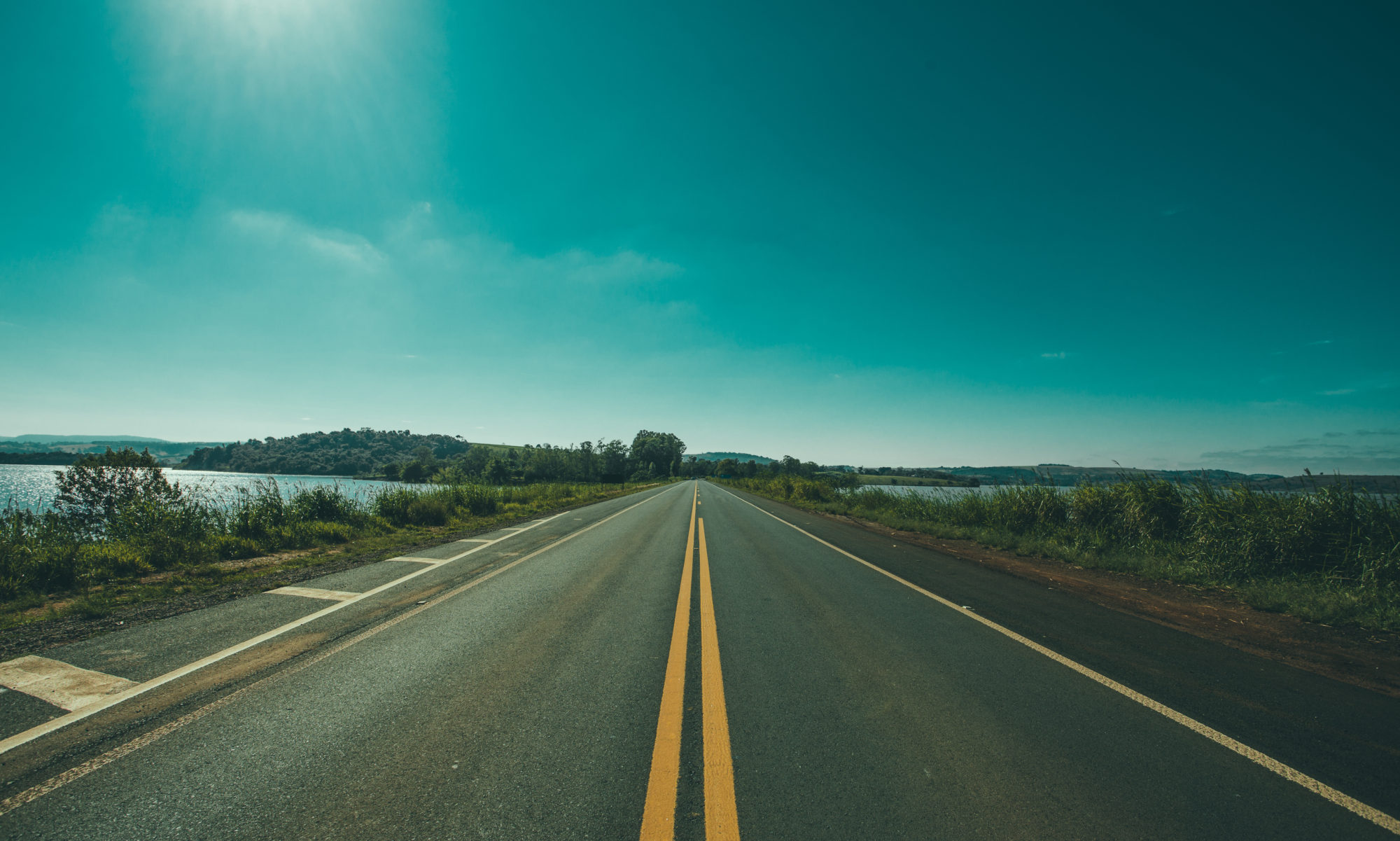Back in windy Wellington.
We spend the large part of a day at the Te Papa museum. It’s huge.
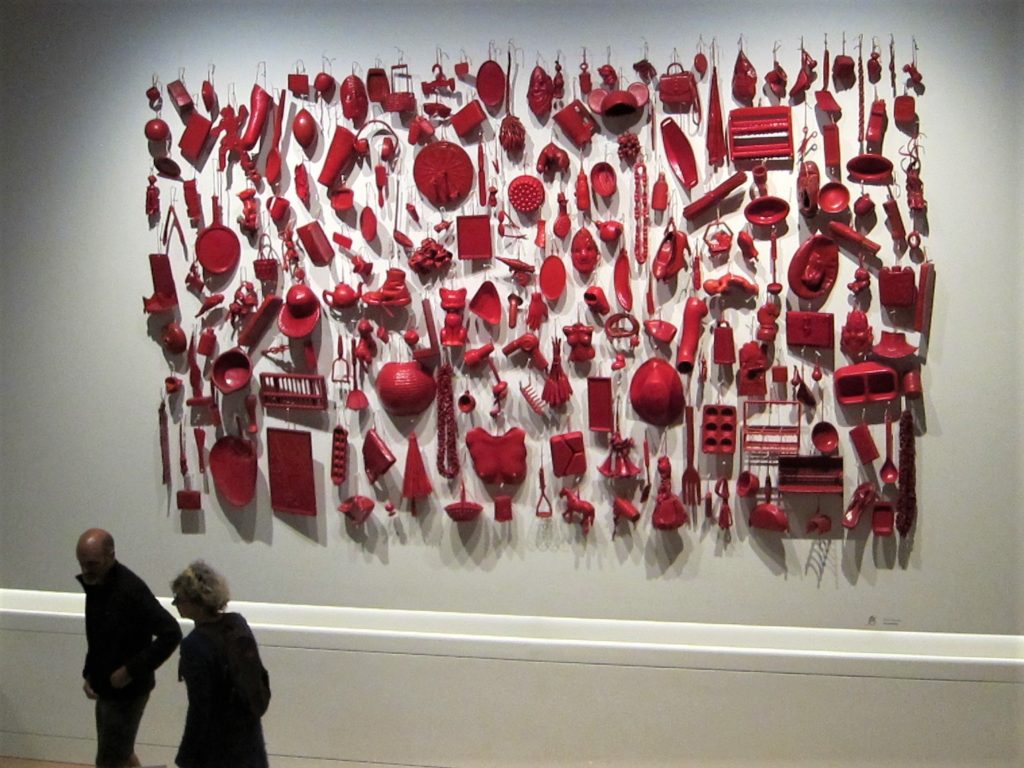
With Easter coming up, Whittaker’s, an NZ chocolatier, makes chocolate kiwis.
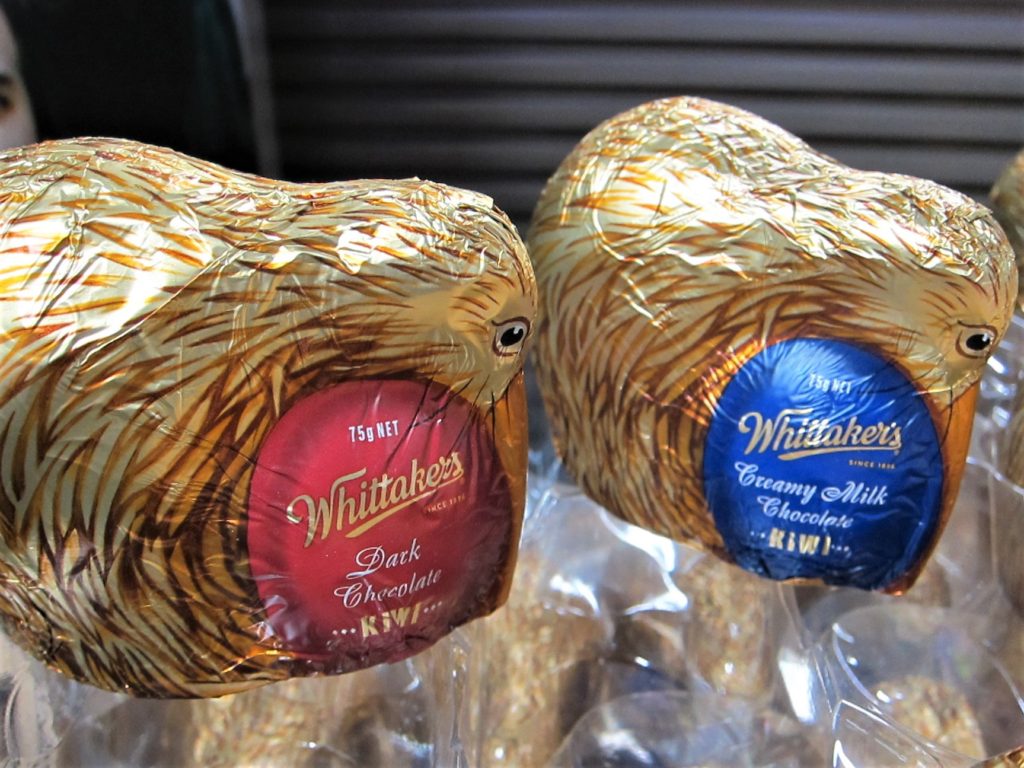
The road to New Plymouth. The most prominent feature in this part of the country is Mount Taranaki, a dormant volcano.
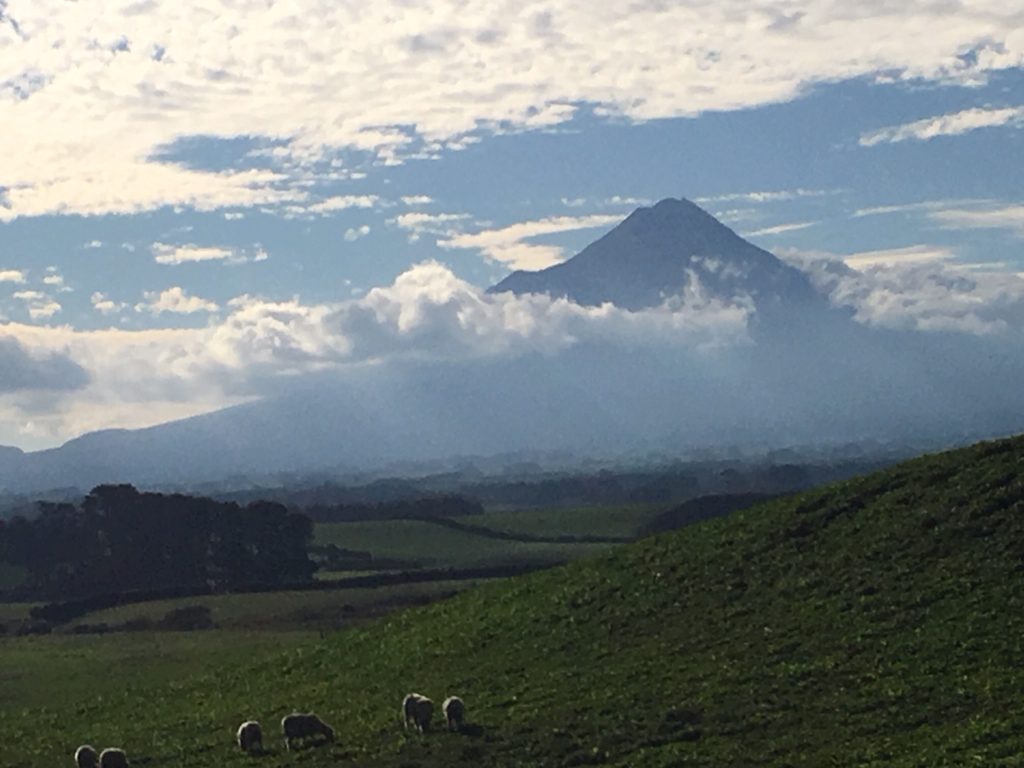
Near Hamilton, we visit Raglan Beach. Popular with surfers.
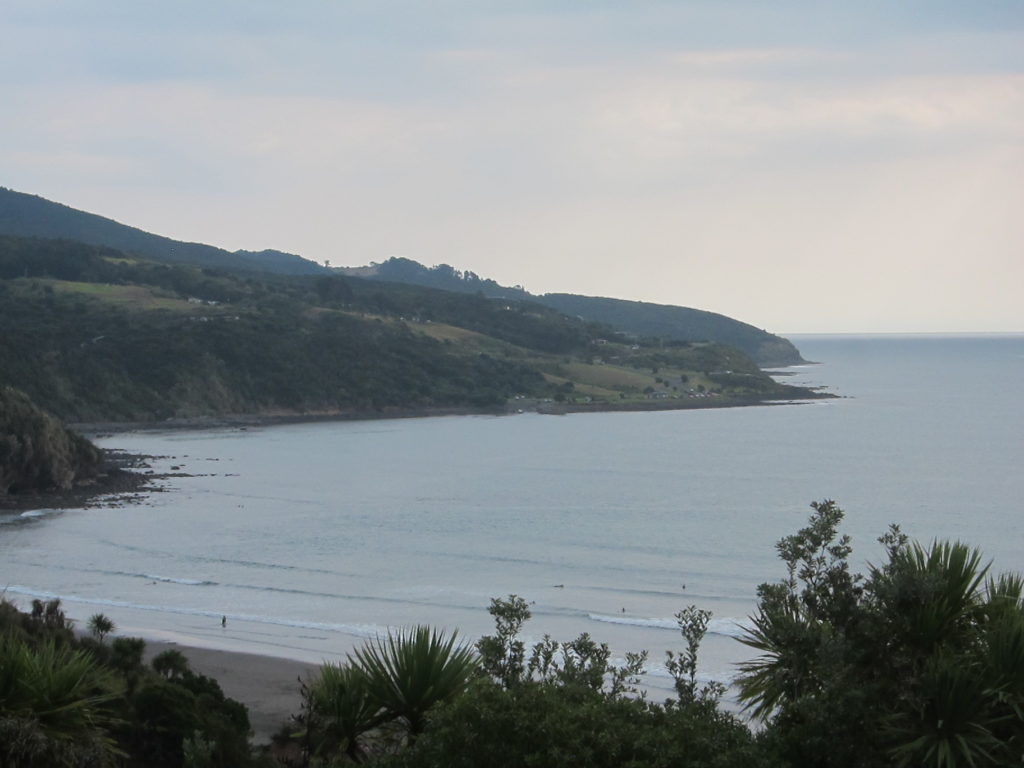
The black sand is common on this side of the North Island.
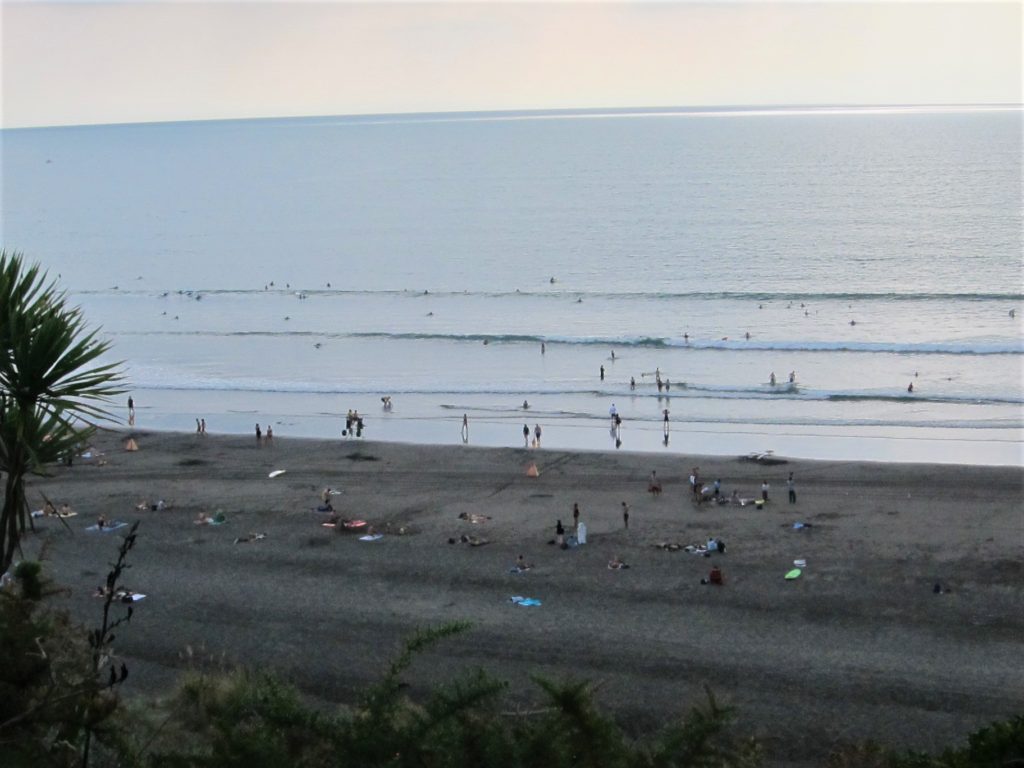
Our next stop is Karekare Beach.
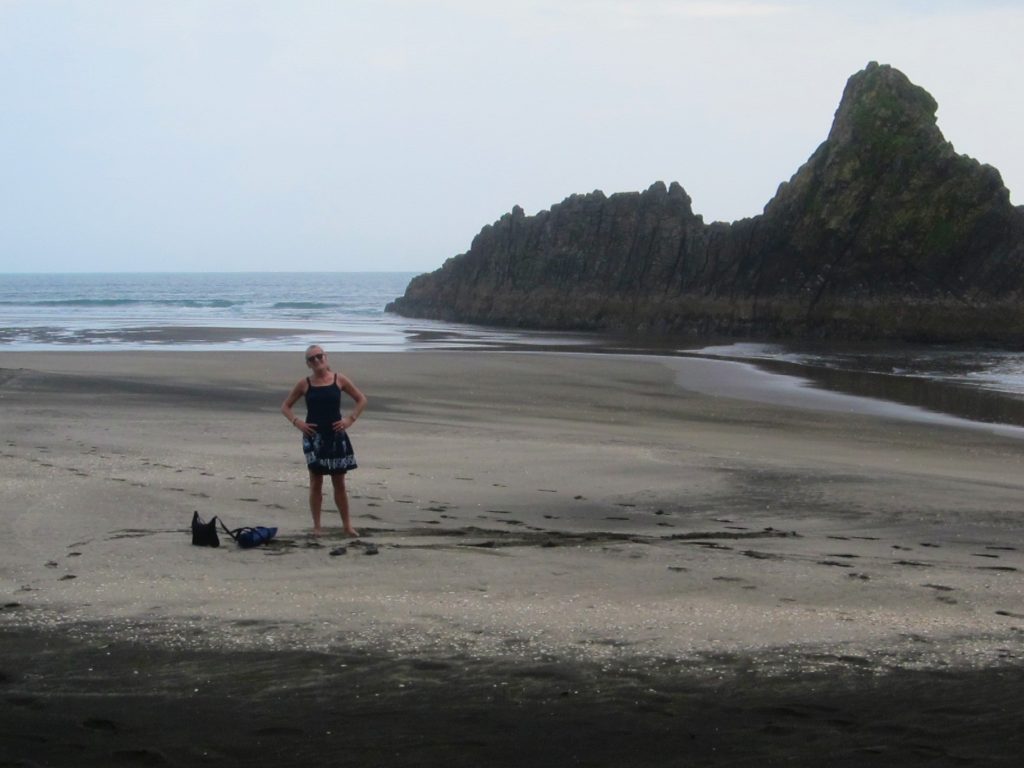
‘Far from the madding crowd’s ignoble strife‘ – Thomas Gray
This is where the stunning beach scenes from Jane Campion’s classic ‘The Piano‘ were filmed.
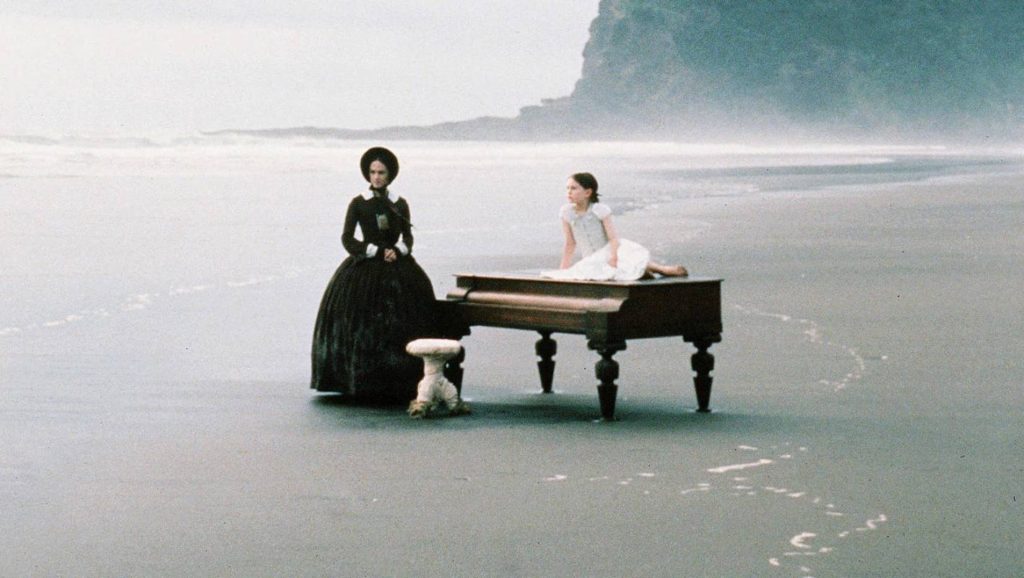
Less than an hour’s drive from Auckland, it feels like the end of the earth.
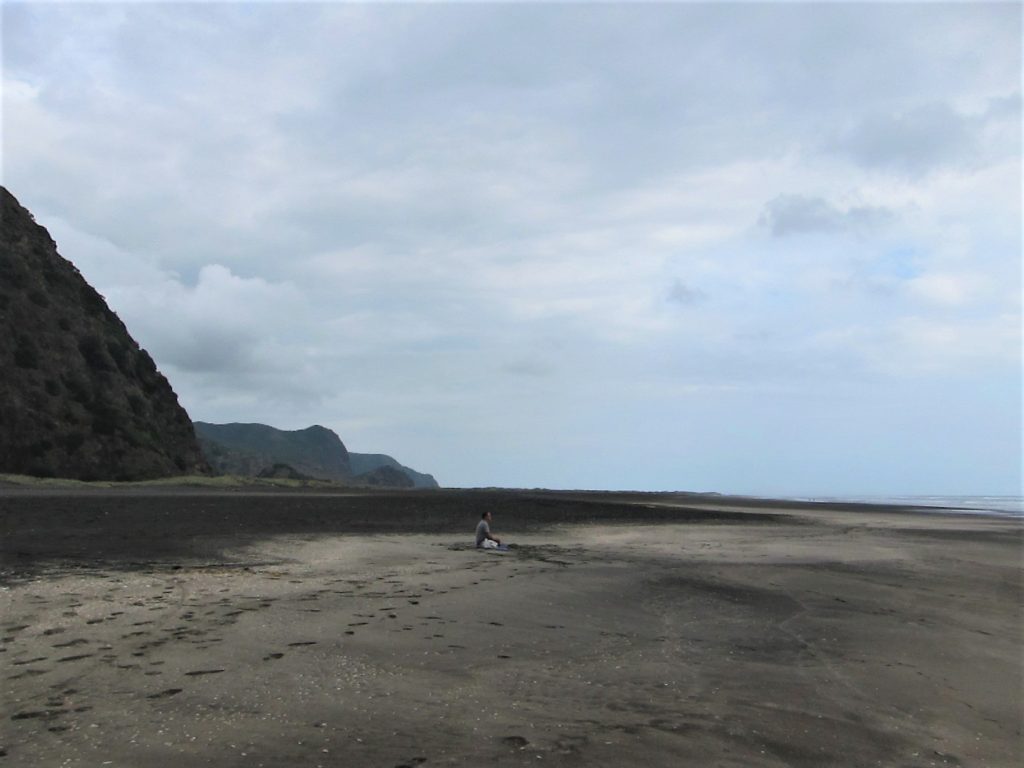
It must’ve been a challenge filming here. The only access is by steep, narrow, twisting roads – not the best for transporting cast, crew, and equipment.
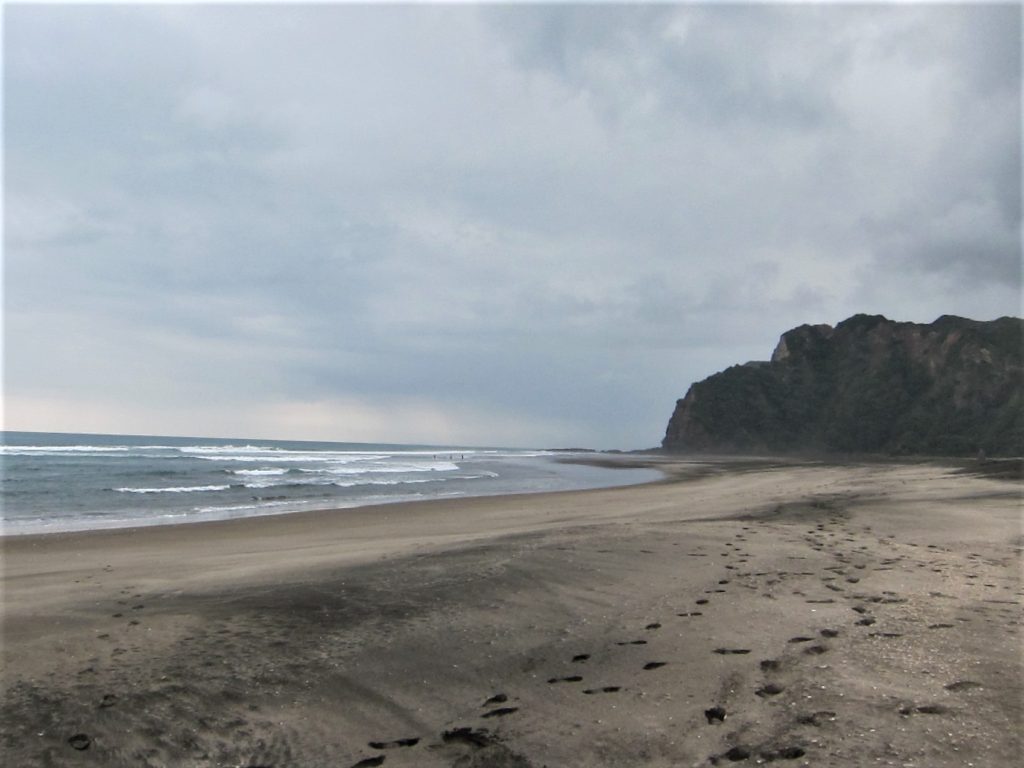
Next to Russel (via Whangarei) and the beautiful Bay of Islands. We make an excursion to Otehei Bay, on Urupukapuka Island.
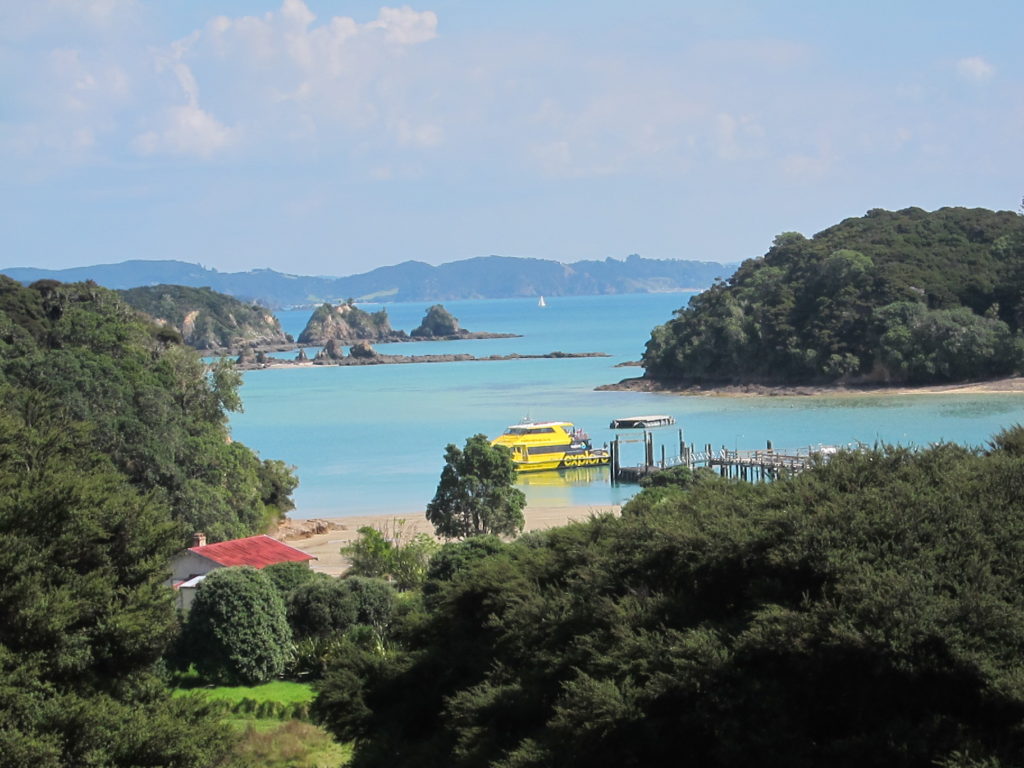
We enjoy an outdoor lunch.
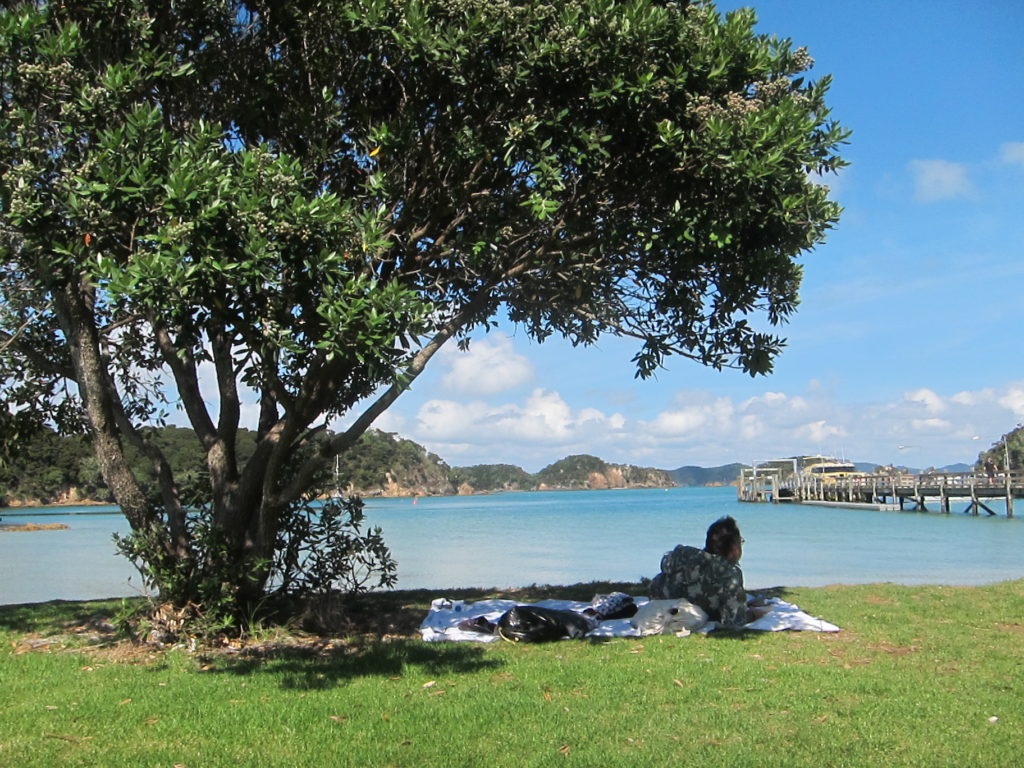
The island has lots of rewarding easy walks.
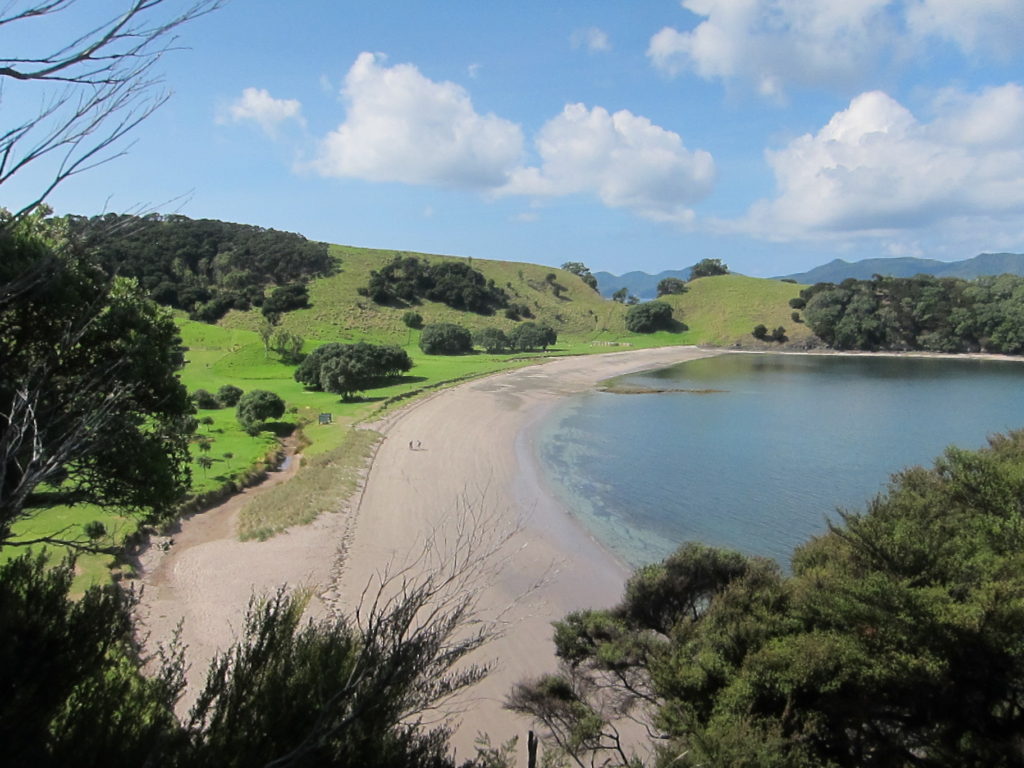
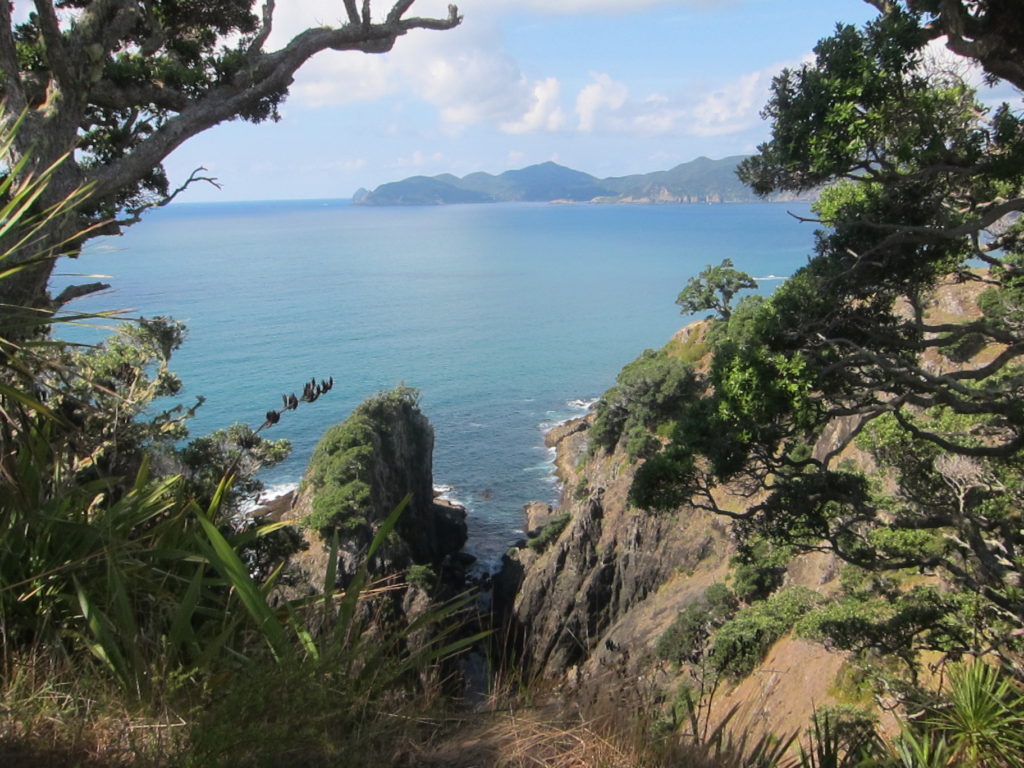
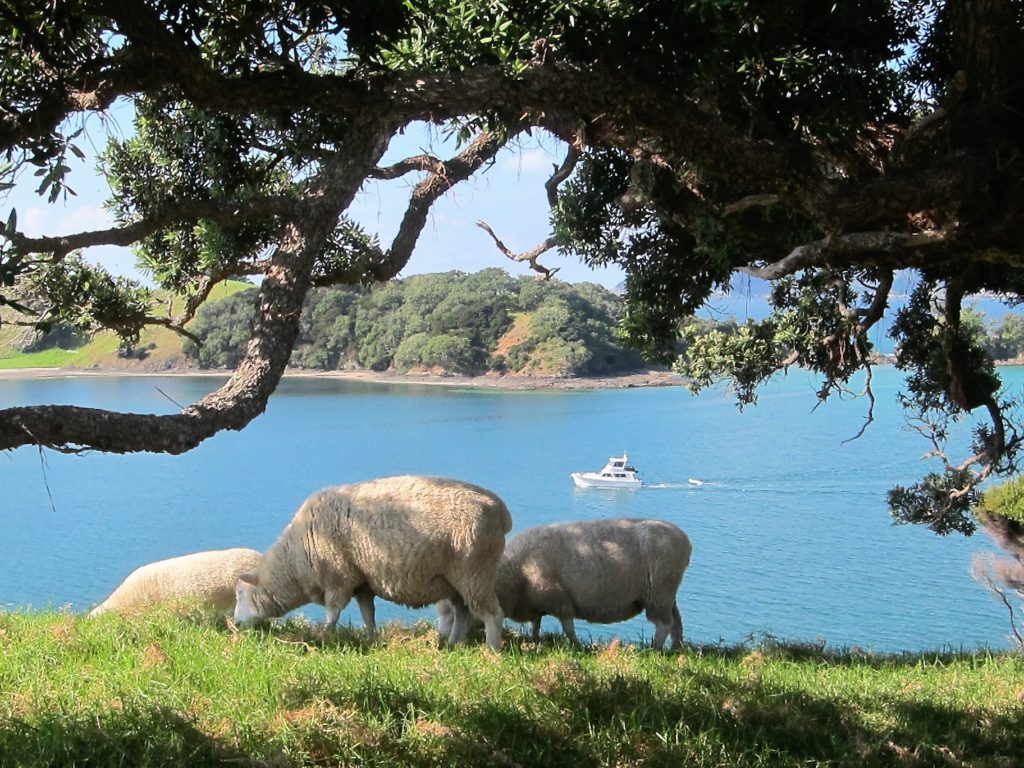
There is supposed to be the remains of a Maori pa on this headland. We can’t find any trace.
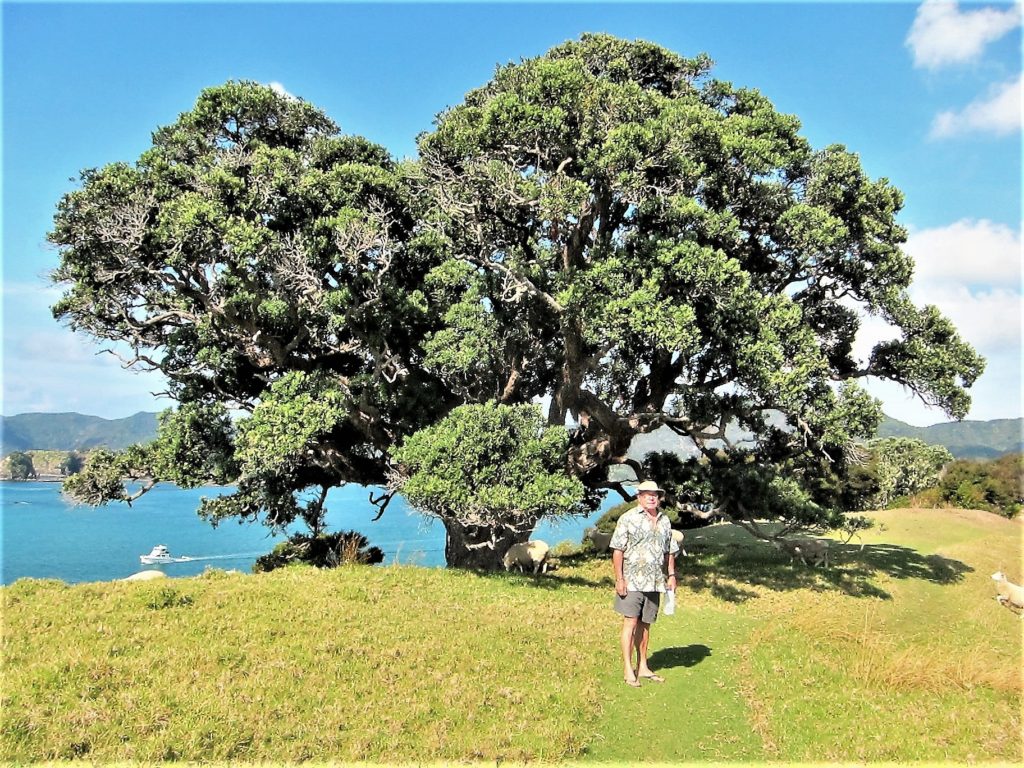
We drive north to Cape Reinga, the northernmost point of New Zealand. (At least, the northernmost point that is convenient to get to.)
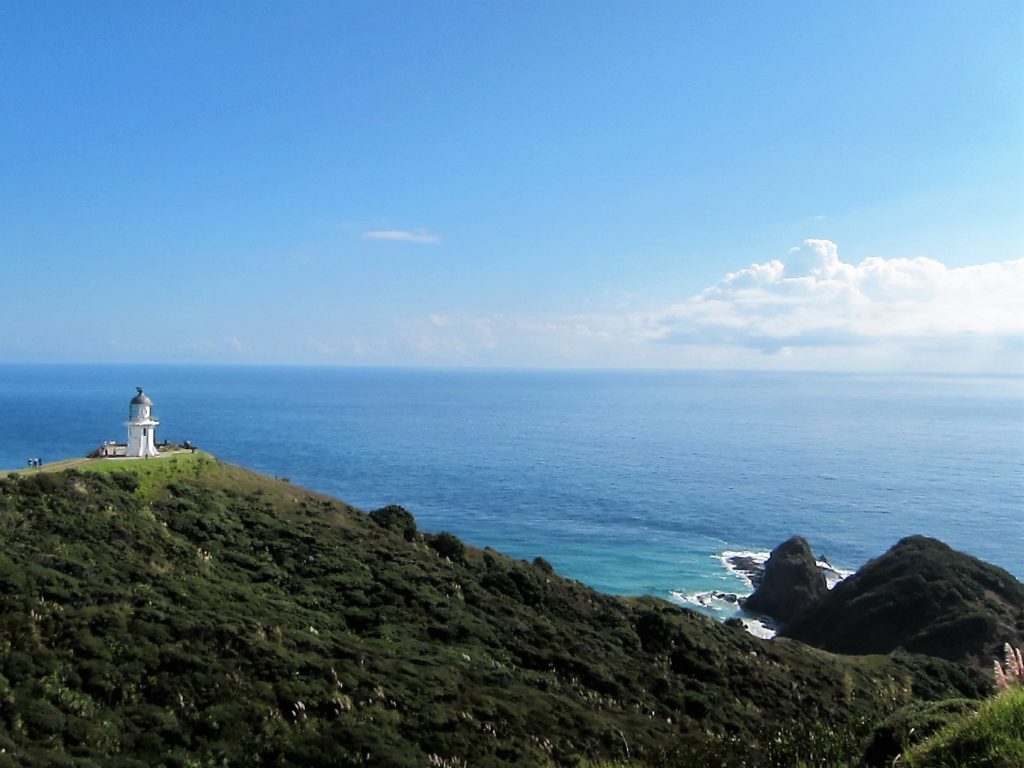
Because there is no alternative, we stay at the Department of Conservation campsite at Tapotupotu. No electricity or amenities besides basic toilets, but very pretty in its isolation.
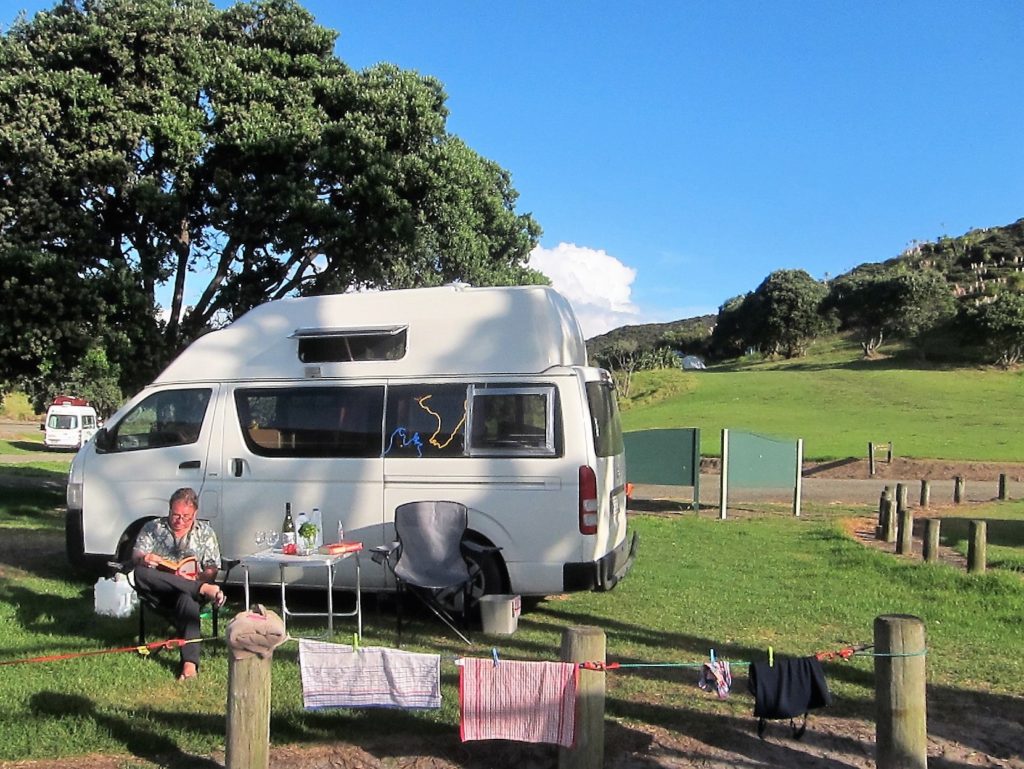
Our time in Australasia draws to a close. I’m going to miss the long-distance drives. I enjoy the ever-changing scenery. And turning things over in my mind. Ruminatin’ and illuminatin’ on the state of the world. Who knows, maybe I think too much.
We can’t go any further north – we return south. We stop at the giant Te Puki sand dunes that reach up to 100 metres.
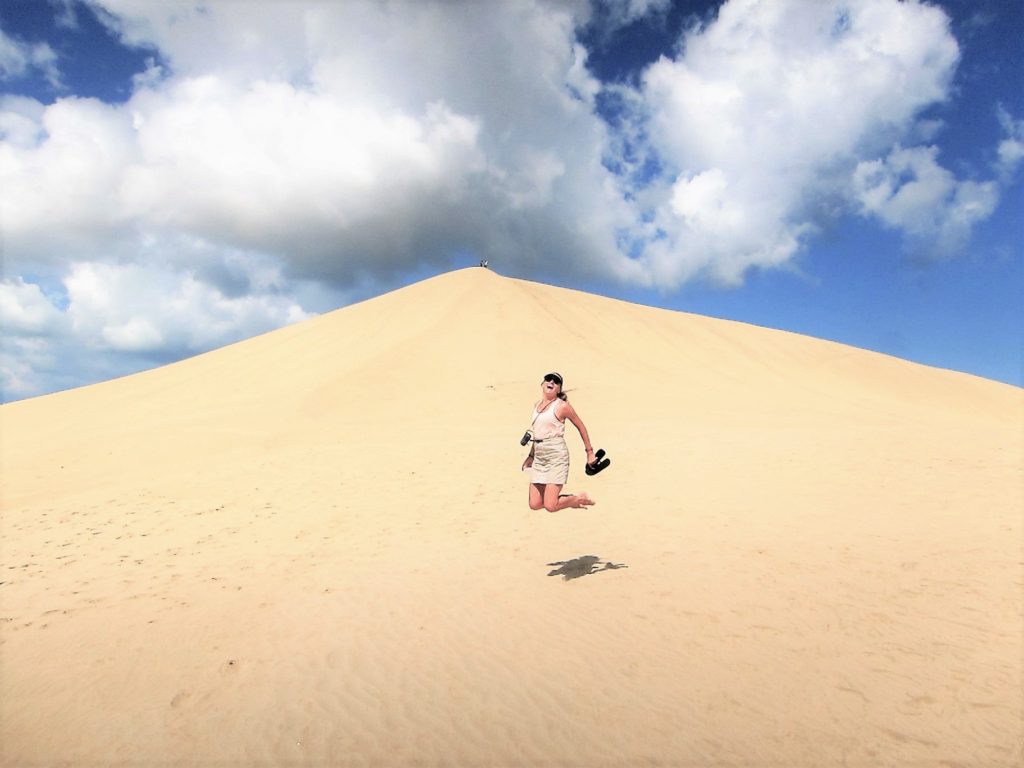
After a few relaxing nights at Whatuwhiwhi on the Karikari peninsula, we drive to the Waipoua Forest and its gigantic kauri trees.
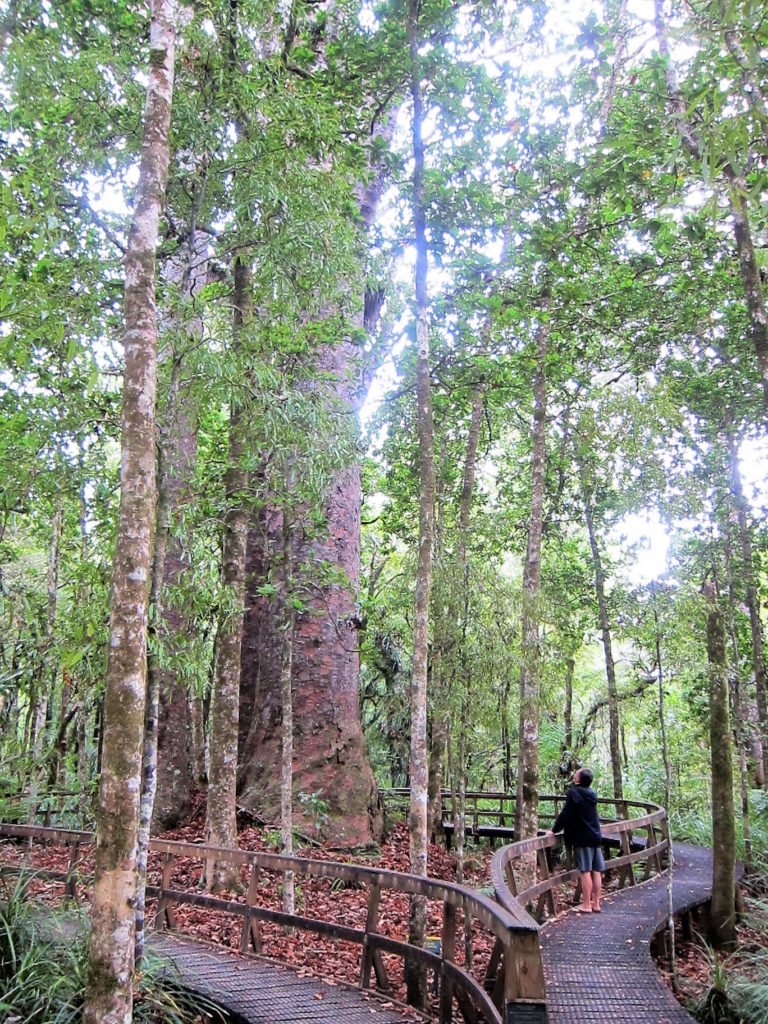
They really are majestic.
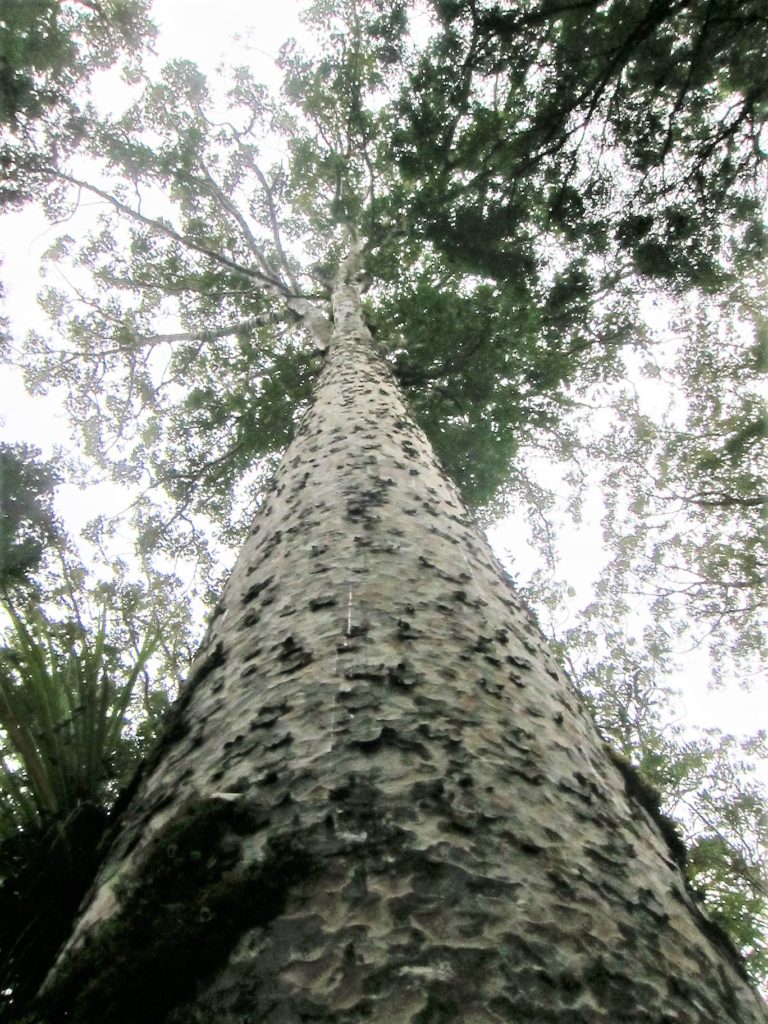
Our caravan park has a ‘kiwi rescue’ vehicle. We’re not sure how the onboard equipment is useful for rescuing kiwis.
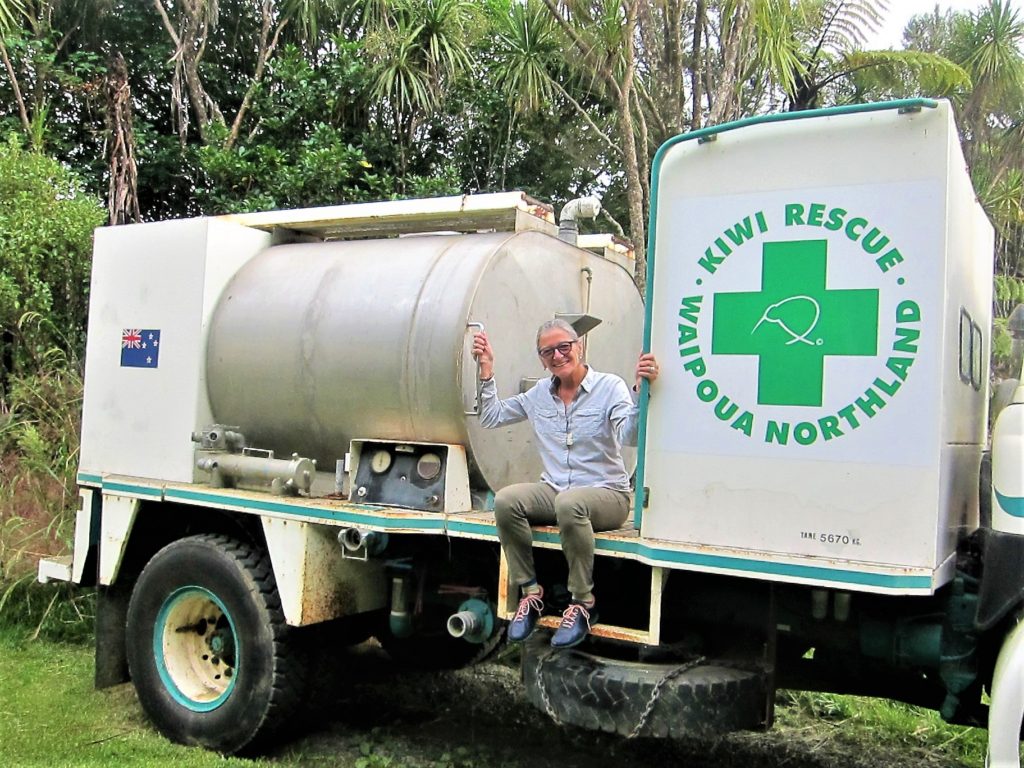
We imagine a time when much of the North Island looked like this.
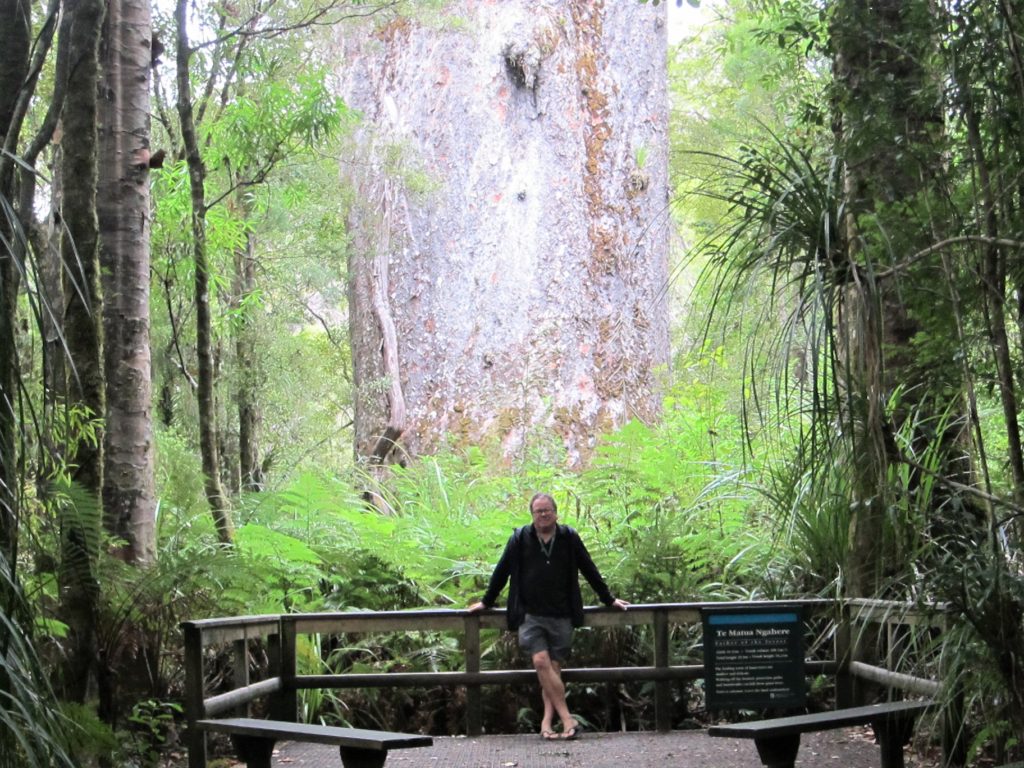
This inspires us to visit the Kauri Museum in Matakohe.
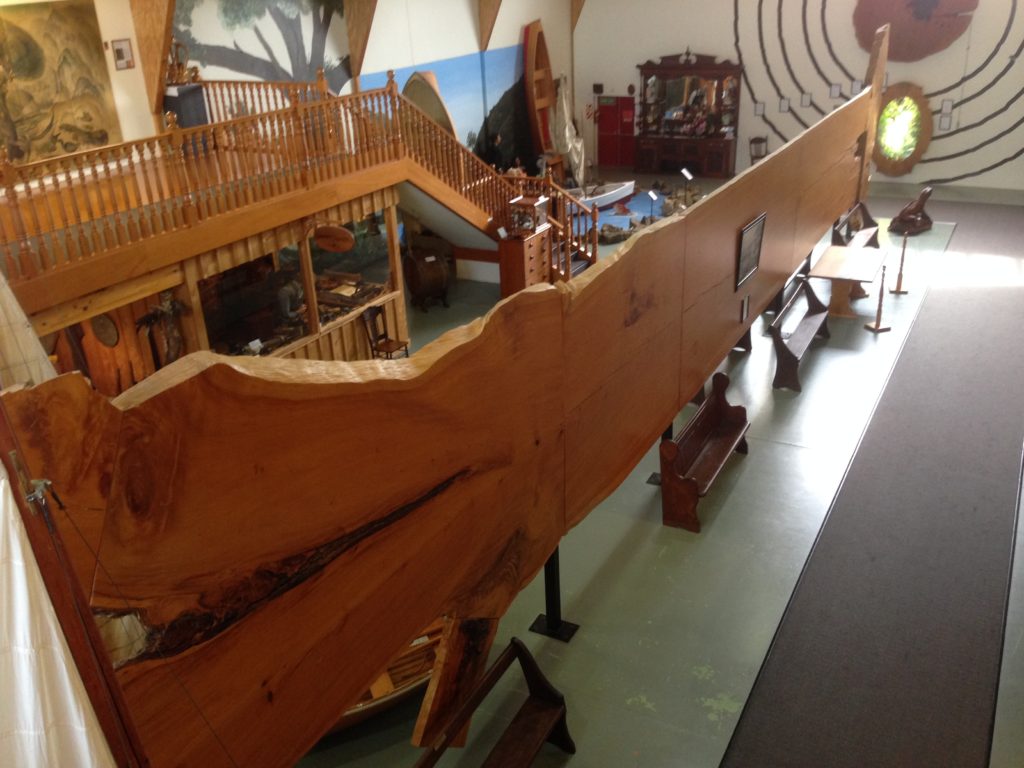
Sight or Insight of the Day – North Island Rambles
Kauri trees suffer from a disease called kauri dieback. The NZ government is doing all it can to protect surviving trees.
This includes obligatory decontamination of all footwear before entering kauri forests.
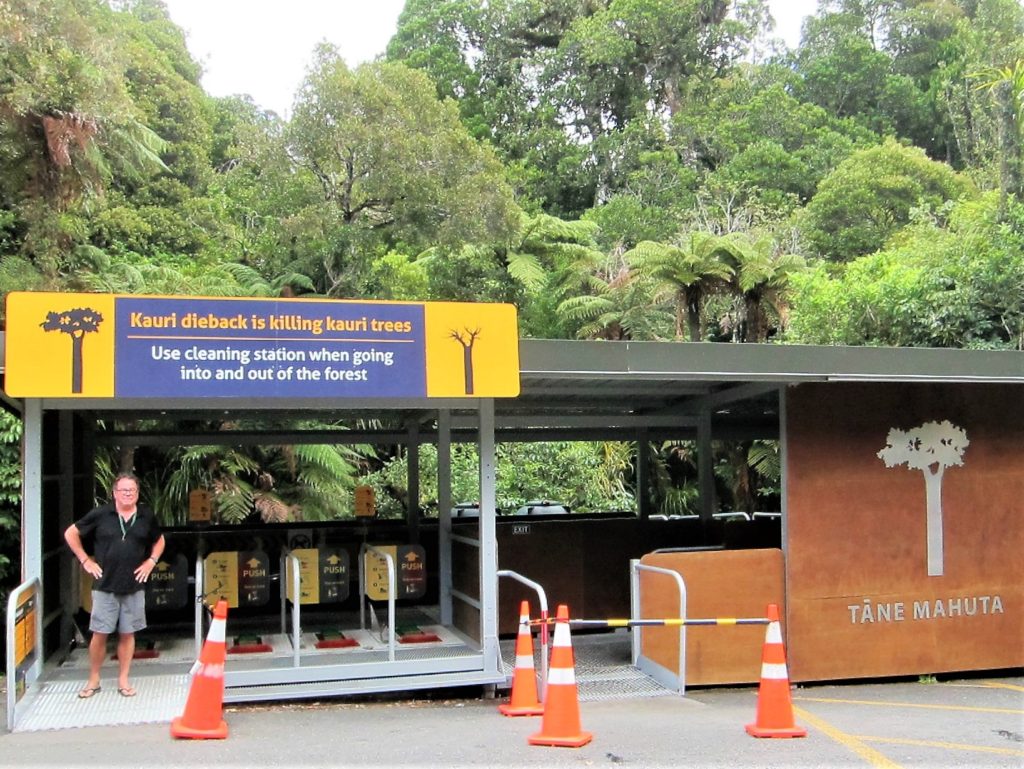
Everyone has to follow the rules.

The people and the government of New Zealand have put a lot of thought, money, and resources into this effort.
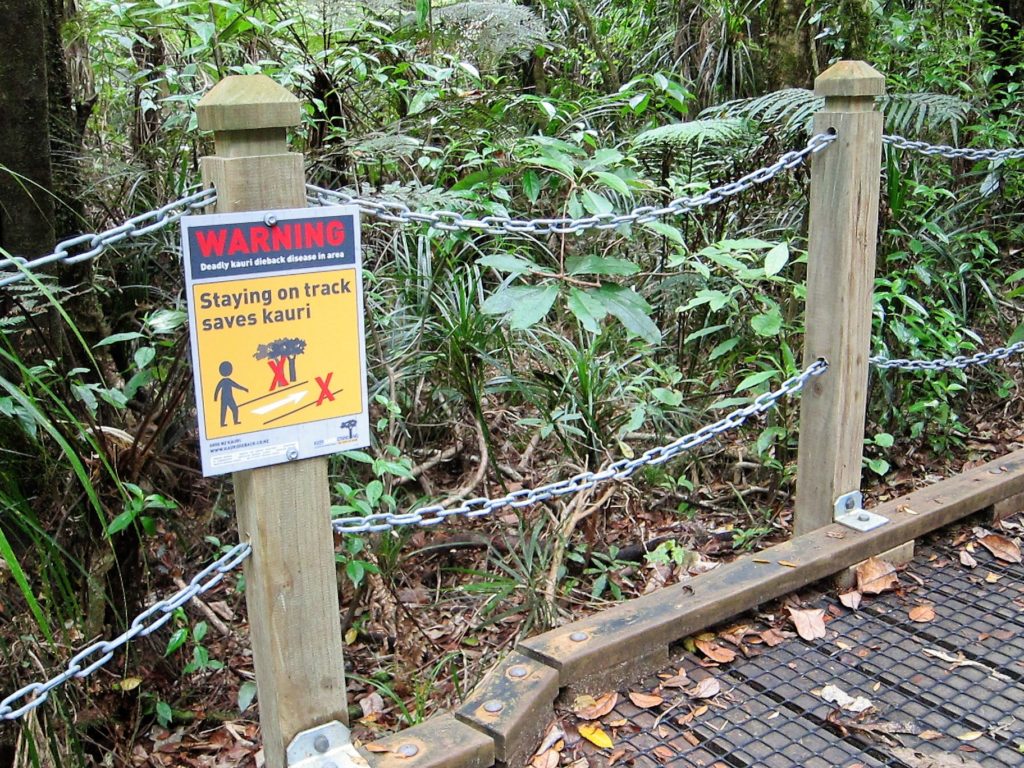
Somewhere in an earlier entry, we mention how the authorities and governments in Southeast Asia – the very people who should be protecting the natural patrimony of their countries – are in fact at the forefront of hacking down any remaining trees of value and replacing them with palm oil plantations for themselves and their cronies.
I’m not much of a tree-hugger, but I wonder with Bruce Cockburn – ‘if a tree falls in the forest, does anybody hear the forest fall?’
